When a parking space costs £52,000 what chance do locals have to get on the housing ladder
Tired of being pushed out by the second-home brigade, locals in St Ives approved a plan that means all new development must be for a primary residence, letting local people get to the front of queue. David Barnett approves
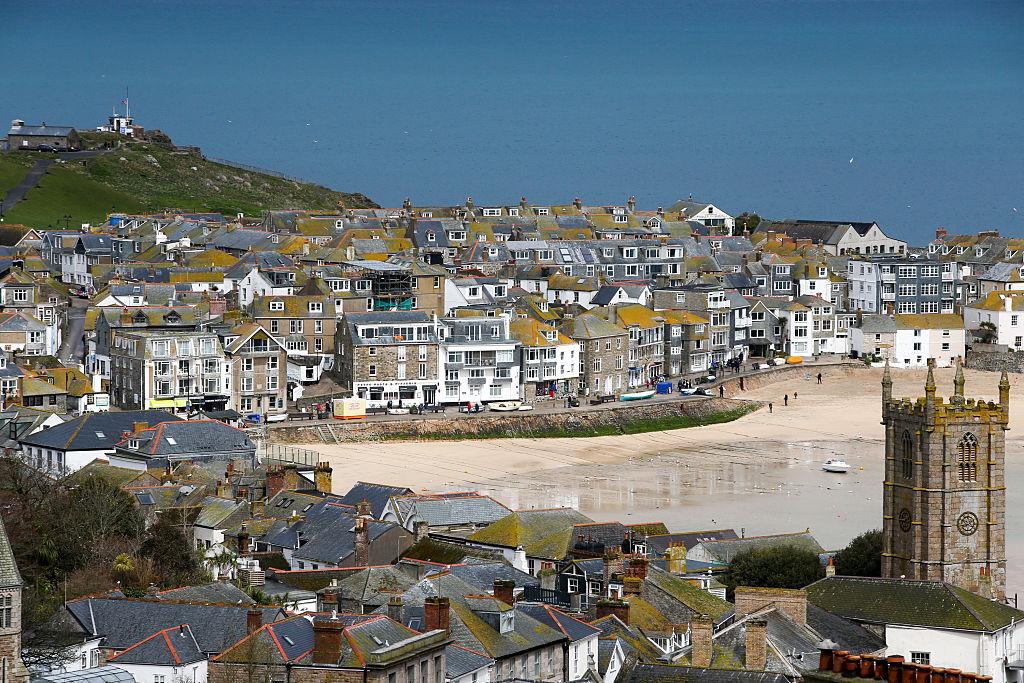
For sale: compact but well-appointed site in the beautiful and highly-desirable Cornish seaside resort of St Ives. Situated in a secure, gated community, just a few minutes’ walk from the town and the beaches. An absolute snip at £51,950. Would suit family… car?
Yes, that’s right. The lot listed on local estate agents Harding Laity is for a car-parking space. Well, you didn’t expect to buy a house in St Ives and get change from fifty-two grand, did you? Not when the average house price in the town is, according to the property website Rightmove, a whopping £390,500.
Still, that’s serious money for an outdoor piece of tarmac measuring 4.4m by 2.1m. Anyone who’s ever visited the place will know that parking can be an absolute nightmare during the height of the season, so it’s hardly surprising the owners of the space have decided to try to cash in.
Nor is the sale without precedent. In 2012, three spaces sold for £50,000, £55,000 and £56,000 respectively at auction. Which, when the Office of National Statistics puts Cornwall’s average salary at around £500 per week before deductions, means that one tiny parking space is worth more than two years’ wages for the average St Ives' resident.
Imagine, then, what it’s like to try to buy a house there. Not for those of us who have holidayed in St Ives and fallen in love with the romance of the sea and the diffuse light that has attracted artists there since well before it became a holiday destination — that’s the problem. No, think what it’s like for those who were born and grew up in St Ives, who find that they have absolutely no chance of even renting a property in their hometown, let alone considering the impossible dream of buying there.
Rachel Foxton would love to live in St Ives, as she has done since she was a small child. At the age of 23, though, she finds herself forced out of the town and doing temporary contract work for a hotel in Oxfordshire.
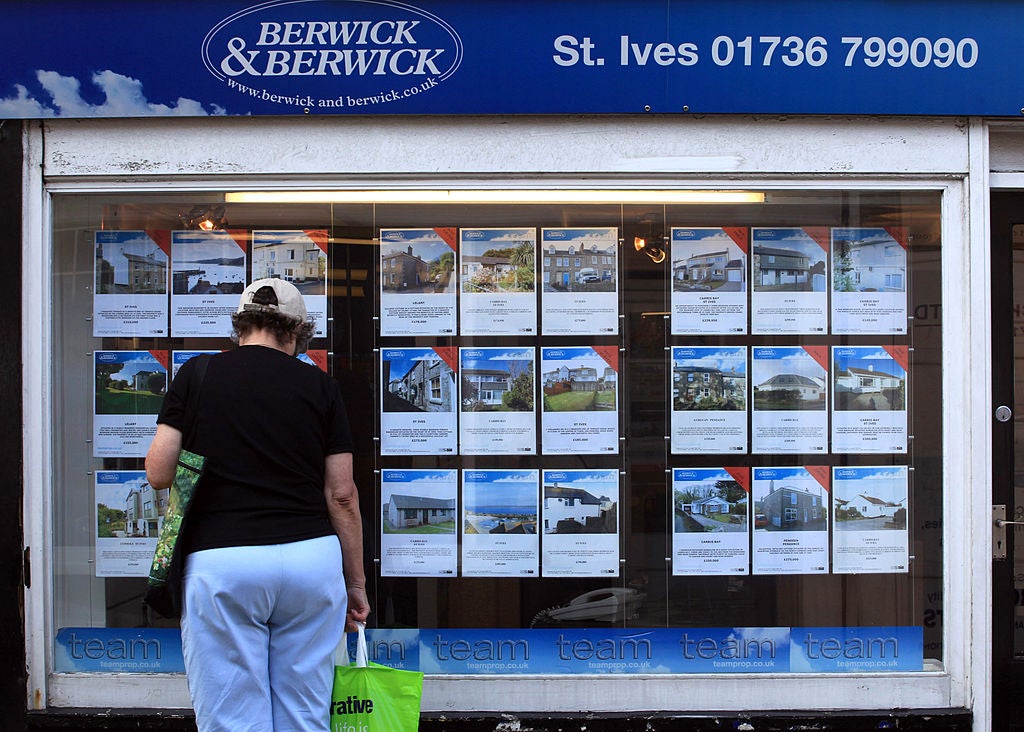
Rachel had worked in a hotel in St Ives, a job she loved, but it plans to close down for four months from October for refurbishment, which means four months for her without wages. That impacted her and her boyfriend’s plans to try to rent a place together in St Ives.
“In January we were looking at a flat which was up for rent at about £700 a month. My boyfriend is a chef and he struggles to get work over winter, so that meant our application was largely going to be based on my wage, and then with the news the hotel was closing for four months… they just wouldn’t entertain us for the flat.”
And Rachel is by no means unique in her situation. It’s a problem facing most of her friends, and many young people who go away to university from St Ives often find themselves relocating by default to their university towns or nearby after their studies, because returning to St Ives is so difficult.
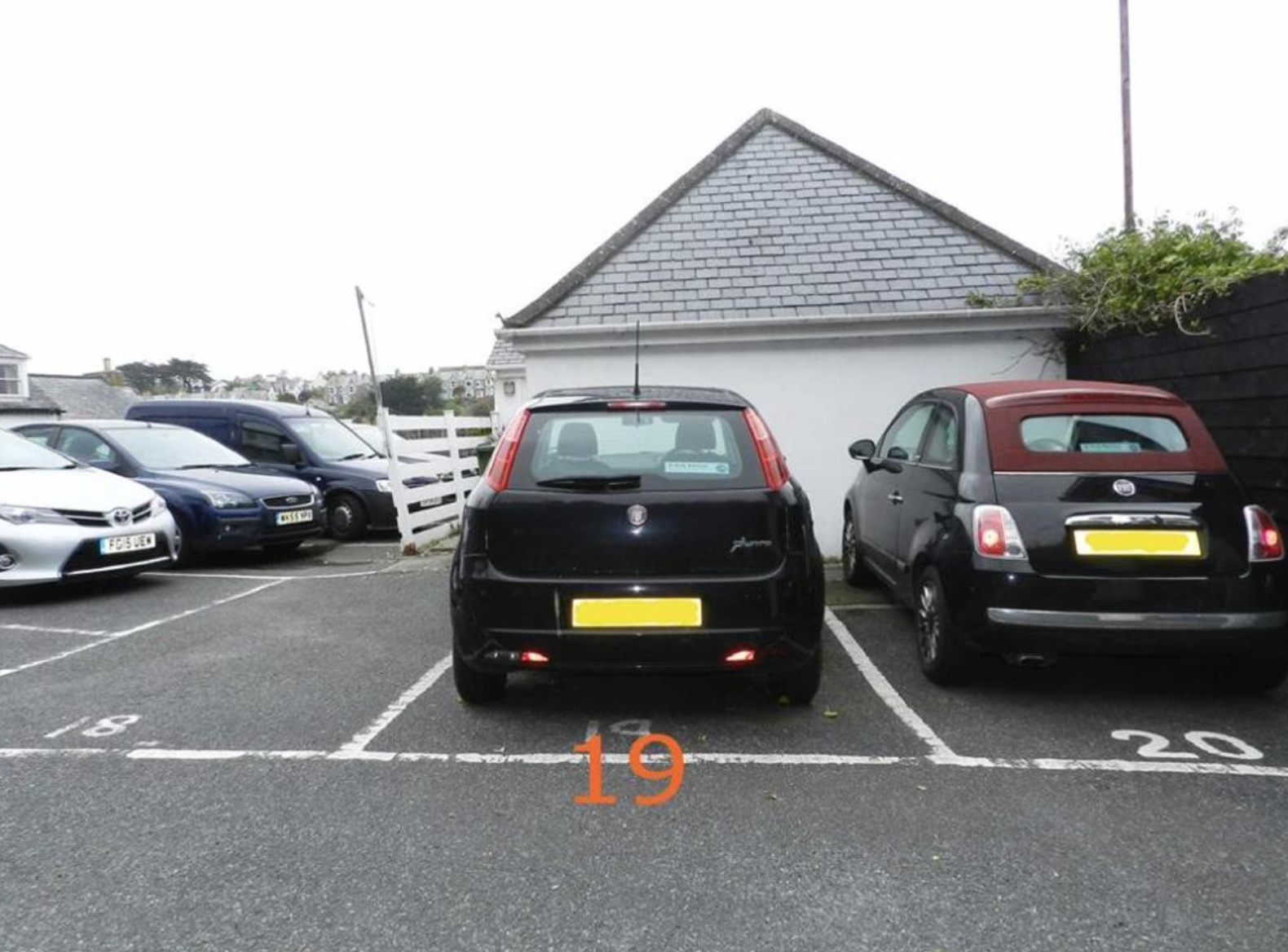
“Buying is just impossible,” she says. “You’re looking at a £25,000 deposit before you can even try to get a mortgage, and that’s just not feasible for most people.”
Perhaps if you have a good, steady job it might be less of a problem, but St Ives’ popularity as a holiday resort means that most jobs available are seasonal and tourism-related. “Proper career jobs in St Ives are few and far between,” she says.
The driving force behind St Ives’ massive property prices is, of course, the desire for holiday lets and second homes in the harbour town. In the warren of streets known as Downalong, huddled around the spit of land that separates Porthmeor beach from the main harbour and town beach, there are tiny fisherman’s cottages pushed up against each other. No fishermen live in them now, of course; in the summer months you’ll see body boards and wetsuits drying outside the doors, these age-old traditional properties rented out by the families who inherited them or, increasingly likely, sold off to the holiday companies whose livery is affixed to the stone walls of each quaintly-named cottage.
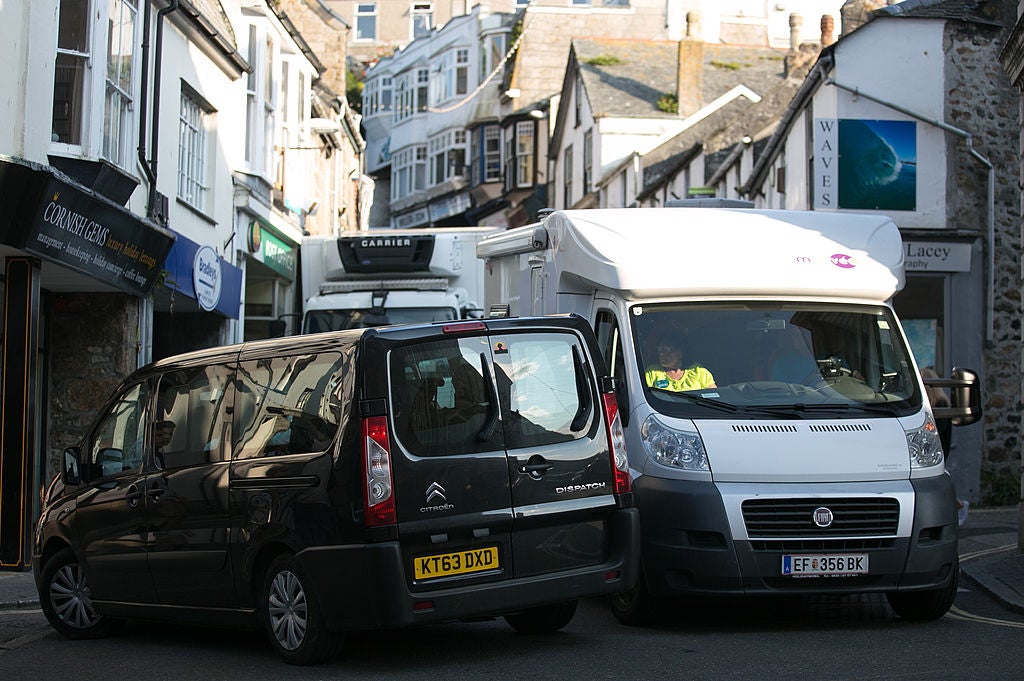
Then there are the second-homers, affluent city-dwellers who snap up properties in St Ives to live in during the summer months, or rent out to their friends, and which usually lie empty throughout the winter, while local people like Rachel are forced to sleep on friends’ floors and eventually pack up and leave altogether.
There is, perhaps, a chink of light on the horizon though. Last year the residents of St Ives went to the polls to vote in a referendum on the St Ives Area Development Plan. Such blueprints for planning are nothing new across the country, but the majority of St Ives' people were voting on one particular clause, known as H2. This was a policy written into the document which stated that all future new-build properties in St Ives had to be sold as permanent homes.
The whole idea for the development plan was a community-led, grassroots operation driven by people fed up of being priced out of their own town. A popular vote was held which drew voter turnout of 47.2 per cent and the plan was approved with a resounding 83 per cent majority. There were objections, of course, from the building and development industry, but the High Court turned down an application for a judicial review last November, and the plan has been adopted.
What it essentially boils down to is that no one can build a new development specifically to sell-off as a second home or holiday let — it has to be for a primary residence, giving local people at least the chance to muscle to the front of the starting line, even if it doesn’t necessarily bring the prices down.
Linda Taylor was the Town Mayor of St Ives when the area development plan was brought in. She completed her third term in the post in May this year at the same time she was elected to Cornwall Council, and is the Conservative spokesperson on housing.
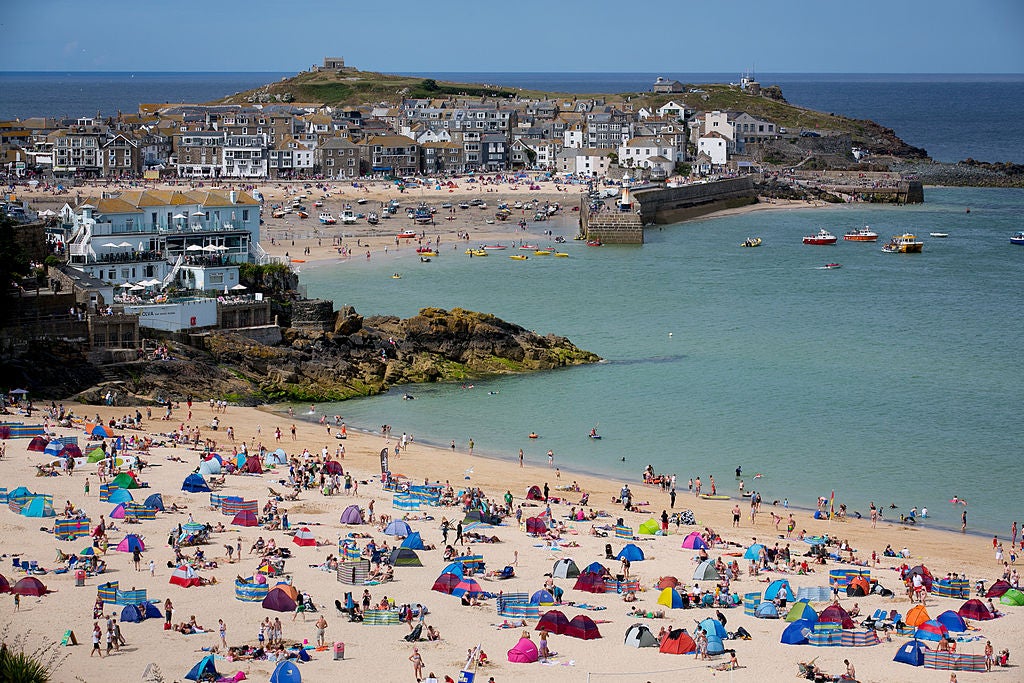
“The neighbourhood plan for St Ives sent ripples not just through the UK, but across the world,” says Cllr Taylor. “As the Town Mayor of St Ives I was doing interview after interview, not just with UK media but with TV stations from as far away as New Zealand. A problem that people in St Ives might have thought was unique to them — not being able to afford homes in their own communities — was something that was being experienced by people in many different places.”
They were all interested in the way the neighbourhood plan had developed from an extremely local base — St Ives Town Council, on which Cllr Taylor served before being elected to the larger unitary authority — provided £20,000 in funding to pay for a full-time administrator of the scheme, then let the local people get on with it. It’s a classic tale of people power winning the day.
But it’s not just about local people wanting to afford to buy houses over the money-waving hordes coming in from London. The whole problem of home ownership and renting in St Ives has far wider social and economic effects, says Cllr Taylor.
“When you have a large number of second homes, these are often left empty in winter,” she says. “This of course has a knock-on effect on shops and pubs. The tourist economy is vital to St Ives, of course, but it is also very damaging because it’s seasonal.
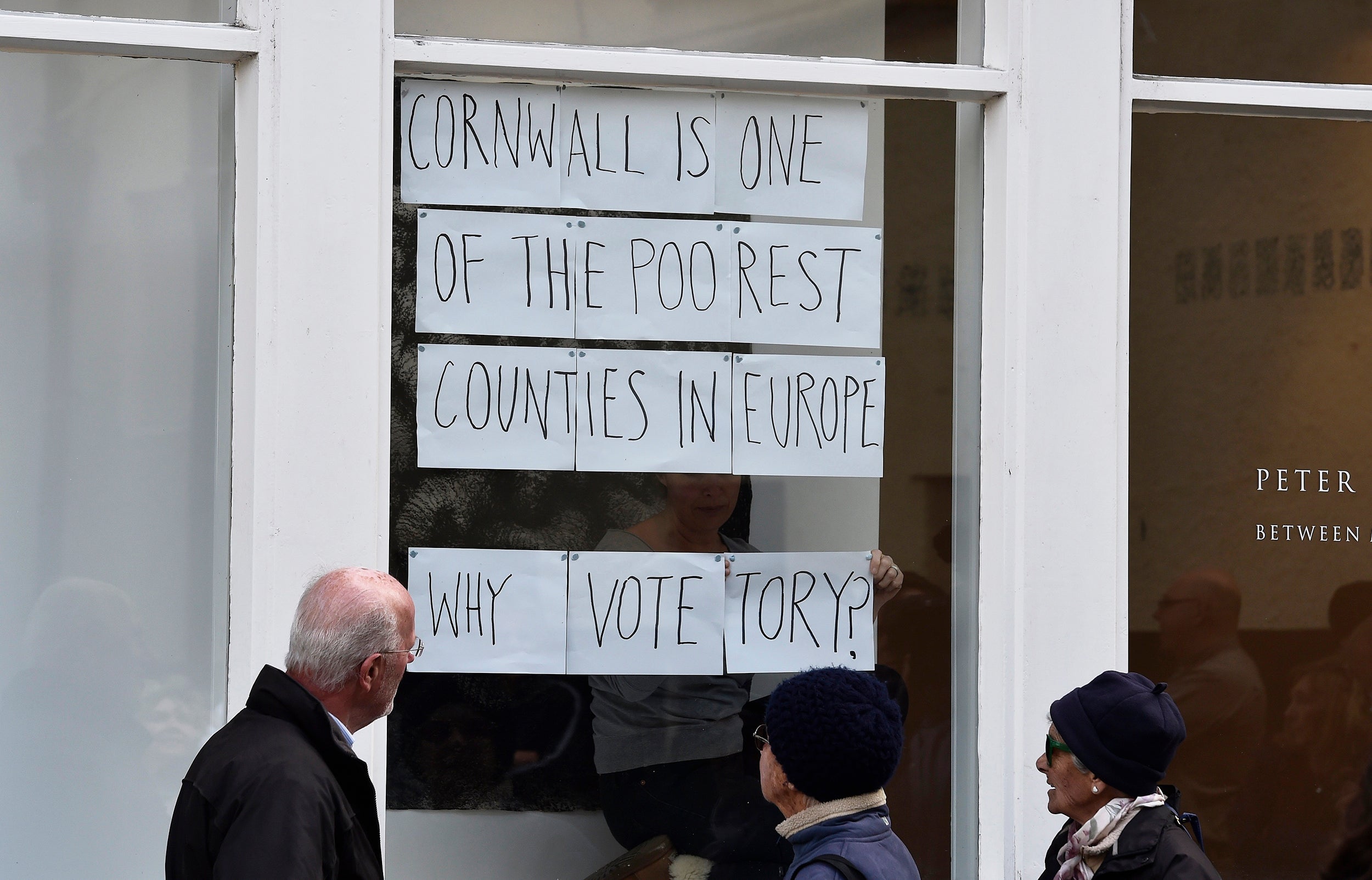
“There are also wider implications when people have to move away from their own communities. I honestly believe that the problems of bed-blocking with elderly residents are due to this. As people live longer but need more care, they are often kept in hospital because their traditional family networks are no longer in the local area… they don’t have extended family members who can just drop in on them any more because they’ve had to leave St Ives.
“And look at things like the lifeboat and our auxiliary fire service, staffed by volunteers. These people need to live close to the stations, but they’re being forced further and further out, and that is going to impact on response times in an emergency.”
The area development plan isn’t a magic bullet, of course. Existing properties can still be redeveloped as second homes or holiday lets. House prices are still rocketing. Cllr Taylor says: “We’ve got to start somewhere, I suppose. It’s got to help in some way. Especially when people are so disheartened when a car parking space goes on the market for £52,000.”
“It’s a glimmer of hope,” concedes Rachel Foxton. She’s working the temp job in Oxfordshire and her boyfriend is working as a chef in Padstow, in the hope they can build up enough of a pot to at least get into the rental market. “But people like me can’t even scrape money together for a parking space, let alone a house.”
Does it make her angry? “Yes, it does. St Ives was a fishing and a mining community, but all those jobs have gone and nothing has replaced them apart from seasonal tourist work. I know people in their twenties and older who are still living with their parents because they just can’t find places to live. People are really frustrated.
“The development plan is good but there’s still the issue of rising prices. House prices have absolutely soared in St Ives in the past 10 years. I went to university near Leeds and have a friend there who’s just bought a two-bedroom flat for £65,000… not much more than the price of a parking space in St Ives.”
Join our commenting forum
Join thought-provoking conversations, follow other Independent readers and see their replies
Comments
Bookmark popover
Removed from bookmarks